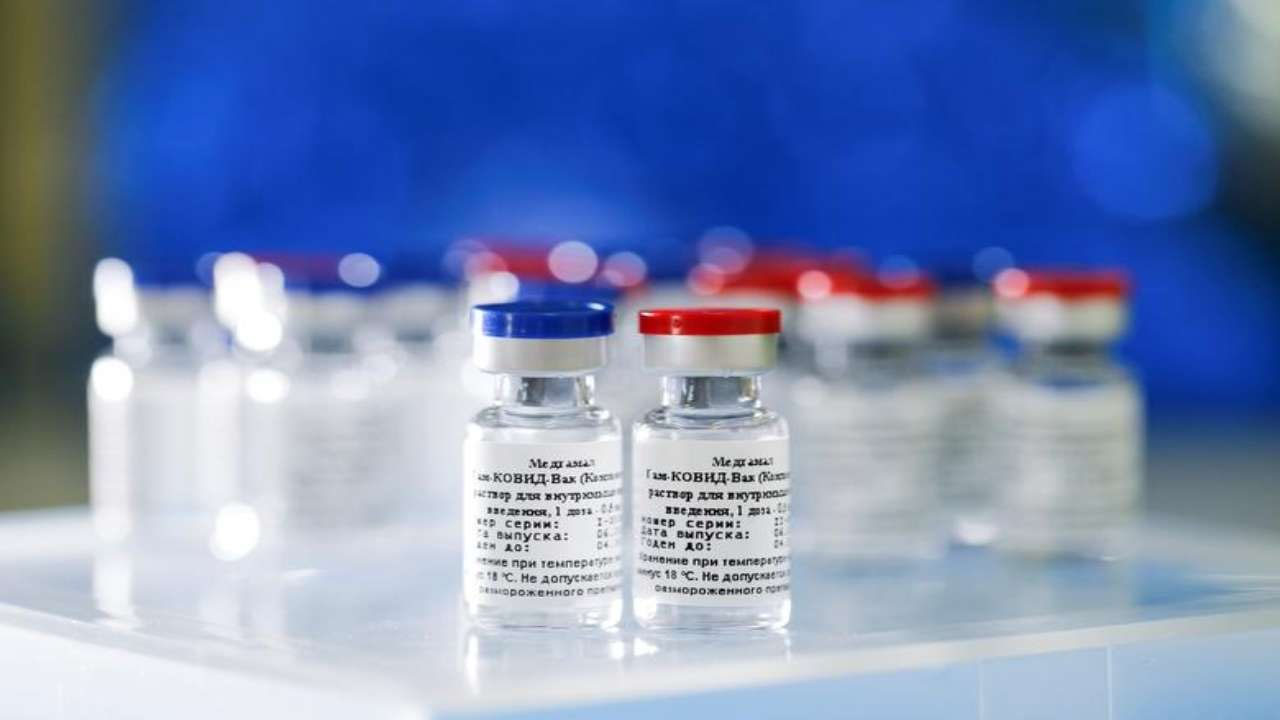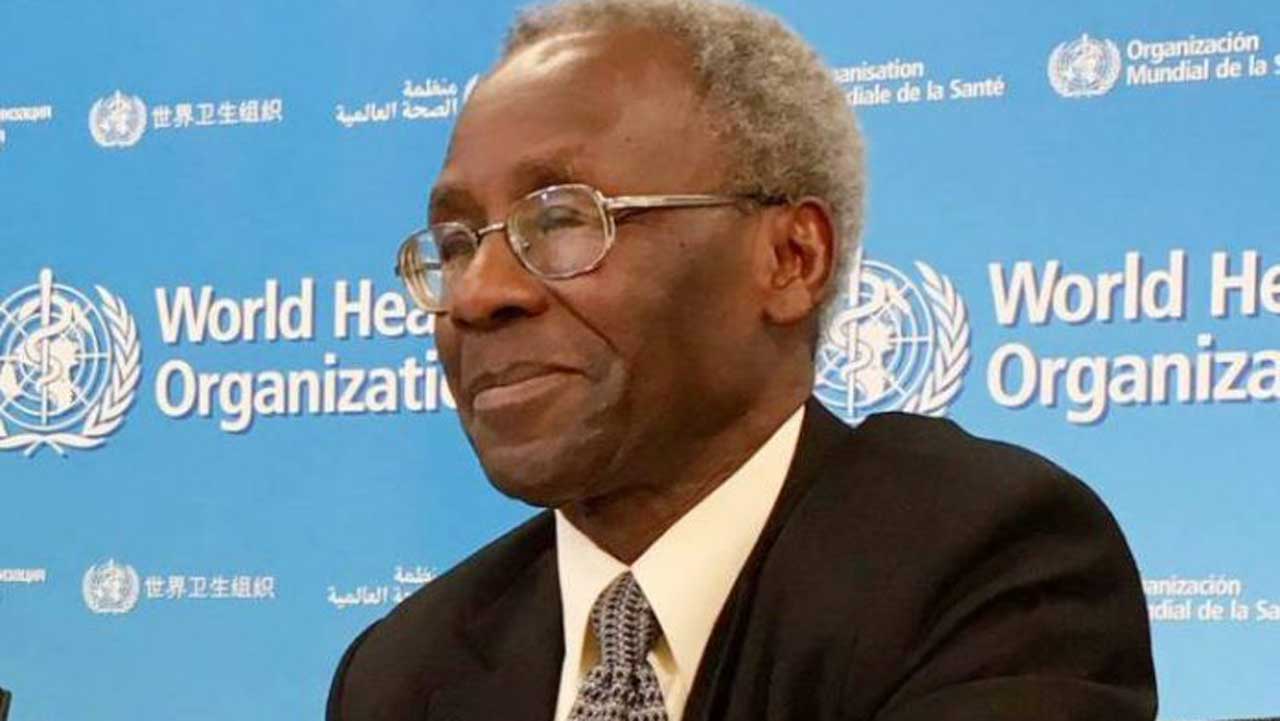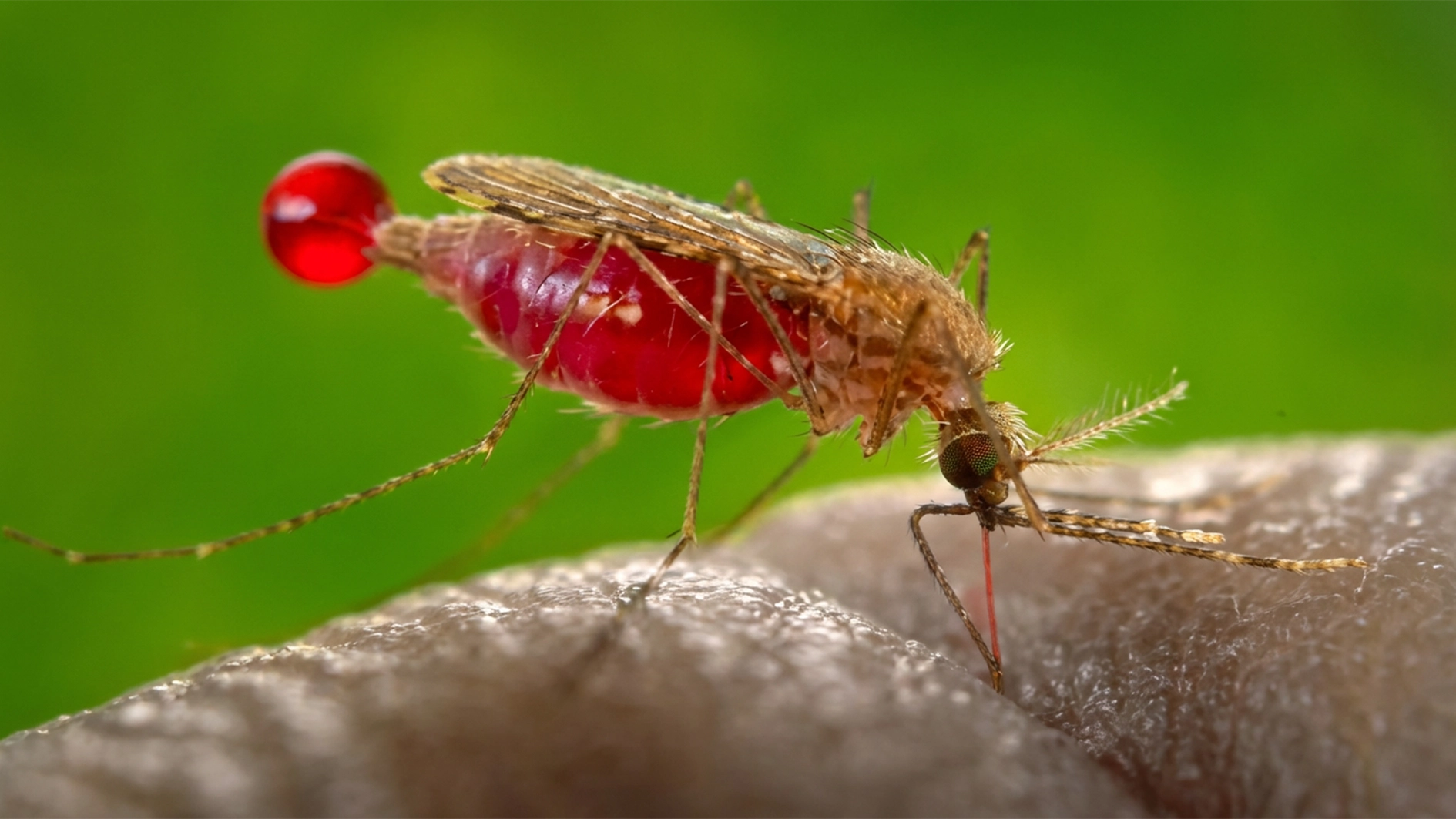
Coronavirus vaccines deployment, fight against climate change, ambitious agenda for space science to continue in 2021
The year 2020 cannot be mentioned without the impact of COVID-19. In fact, 2020 is synonymous with COVID-19 pandemic. The pandemic exposed the shortcomings of the World Health Organisation (WHO) and the global community as well as Nigeria’s fragile and under funded health care delivery system.
Also, the Federal Government for the umpteenth time, in 2020, failed to meet the Abuja Declaration by African leaders in 2001 and the World Health Organisation (WHO) to allocate, at least, 15 per cent of yearly national budgets to health.
A breakdown of the 2021 appropriation bill showed that only 4.526 per cent (about N592.166 billion of the proposed N13.082 trillion) was allocated to health despite the ongoing COVID-19 challenge and the threat of another pandemic.
A further breakdown of the proposed budget showed that only N2,960 was budgeted for the medical care of every Nigerian for one year (12 months) and N246.715 for one month and N8.2 for each day. That is N592,166,000,000 proposed for capital and recurrent expenditure in the 2021 appropriation bill divided by 200 million Nigerians to get N2,960.
Reviewing the health sector in year 2020, Director General of the Nigerian Institute for Medical Research (NIMR) Yaba, Prof. Babatunde Salako, told The Guardian: “Nigerian health care delivery system though fragile was able to stand the pressure of COVID-19 pandemic with the resilience of the health care workers and support of the private sector. Government also realised that more money needs to go to health with significant intervention given to the health system.
“The pandemic has provided the opportunity for government to see the need to fund health better than pre-COVID era. While the private sector have been promoted by the pandemic to see the need to support government and the health system. I hope that this experience will translate to better funding for Nigeria.”
A virologist and Chairman, Expert Review Committee on COVID-19, Prof. Oyewale Tomori, told The Guardian: “One gets tired of talking year after year of the deplorable and depressing state of healthcare delivery in Nigeria, as nothing positive seems to happen. We moan, we wring our hands, we appeal to the executive and the lawmakers to improve budgetary allocations to health but its like they do not hear our pleas…more like they do not care.
“Health is the whipping boy of the government, the Ministry that gets the crumbs after all others have been satisfied. Therefore, it is no wonder that the major issues of health get scant attention or left unattended to. Our lack if seriousness is shown by the way the Infectious Disease Bill was handled. It started with fanfare as was the case in 2014 and has now ended abandoned and overtaken by more serious issues as constituency projects.
“When the assembly started discussing the bill at break neck speed, I knew the neck of the bill would eventually be broken and the bill paralysed and dumped into the wheel chair of abandoned bills of past assemblies. Remember that the law we currently use to was enacted since 1926 in colonial times.”
Tomori said the perennial industrial action by doctors and other health workers will continue until the country addresses the basic problem of poor and non-conducive environment for healthcare delivery in Nigeria ranging from poor infrastructure and other resources, inequity within the health workforce and intractable internal rifts among healthcare workers. He said Nigeria’s brain will continue to drain to where it can be nurtured, which is outside the country. “There was a time Nigeria was the diaspora for nationals of countries in and outside Africa. Today it has become the toxic environment turning her best and talented to novices and ignoramuses. On medical tourism, so long as the high and mighty leaders have the option of going overseas for medical treatment. So long will our medical services remain short cut to the mortuary and encourage medical tourism,” Tomori said.

Tomori, who is also the pioneer Vice Chancellor of Redeemer’s University and consultant to the World Health Organisation (WHO), further stated: “Let us improve and create an enabling environment, not just for health but for the entire socioeconomic development of Nigeria, and we will see a reversal in medical tourism. We certainly could have managed the COVID-19 epidemic much better: from improved testing to better public awareness etc. Our failure is both of government and the governed.”
He said the key player in COVID-19 transmission is not the immobile virus but the person that makes the virus mobile and spread from place to place. “Minus man COVID-19 virus is an inert piece of micro protein- man gives it fame. Therefore our prevention education should have stressed and lay emphasis on the absolute importance of man in the spread of the virus. We failed to do that and the people got lost in the web of the epidemic. There was incoherence in the messages passed to the people from one to another. The people were confused and lost confidence in government ability to control the epidemic. Many not only disregarded the government never believing the figure of cases doled daily by Nigeria Centre for Disease Control (NCDC), but also disdained and flouted government guidelines on preventing a disease they never believed existed in the first place,” Tomori said.
The virologist added: “Now we have a new strain originating from the United Kingdom (U.K.), which has already being reported in Nigeria. Apart from the increased capacity to rapidly spread and infect people, little is known about the severity of the new variant or how the new vaccines will protect against the new variant. What is important is that the strain is in Nigeria and we need to take extra precaution,” he said.
Meanwhile, WHO’s chief scientist and Clinician-researcher, Soumya Swaminathan, described 2020 as a year of loss and learning.
The head of scientific work at the WHO in a paper published in the journal Nature reflected on the agency’s challenges and achievements as it navigates the COVID pandemic.
Also, as the world hopes for swift roll outs of COVID-19 vaccines in 2021, researchers’ ambitions are likely to still be constrained by the continuing pandemic and its effects.
2021 looks set to be a pivotal year for the fight against climate change. US president-elect Joe Biden has made clear that he will move to restore the country’s leadership in that regard, including by rejoining the Paris climate agreement to fight global warming. President Donald Trump pulled the United States out of the accord, and the nation officially left the day after the 2020 election. A key moment for climate negotiations will come at the United Nations’ climate conference in Glasgow, UK, in November. Countries will make a new round of pledges on cuts to greenhouse-gas emissions — the first since they signed the Paris agreement in 2015. The European Union and China have ambitious plans to become carbon neutral by 2050–60; scientists are waiting to see whether Biden will set similar goals for the United States.
COVID detectives
A task force established by the WHO will head to China in January 2021 to try to identify the source of the COVID-19 pandemic. The group, which includes epidemiologists, virologists and public- and animal-health researchers, will begin their search in Wuhan, the Chinese city where infections with the coronavirus SARS-CoV-2 were first identified in 2019. The initial stages of the project will look at meat and animals sold at the Huanan market — visited by many of the first people reported to have COVID-19 — and trace their journeys through China and across borders. Discovering the origins of the virus could take years, but experts think some new information will come to light by the end of the year.
2020 saw the rollout of the first vaccines authorized for use against COVID-19. The effectiveness of several new vaccines will become clearer in early 2021. Of particular interest will be the results of phase III clinical trials of immunizations developed by the US pharmaceutical companies Novavax and Johnson & Johnson. These jabs are likely to be easier to distribute than the RNA-based vaccines made by Pfizer–BioNTech and Moderna, which have already returned phase III results but must be stored at very low temperatures.
According to a report by Nature, the Pfizer vaccine already had emergency authorisation for use in some countries. Late last year, Novavax launched two large trials of its viral-spike-protein vaccine in the United Kingdom and the United States, which will report in early 2021. The company could produce as many as two billion vaccine doses per year. Johnson & Johnson is testing a single-shot version of its vaccine; by contrast, those from Pfizer and Moderna require two.
China’s ambitious agenda for space science continues in 2021. A Chinese probe destined for Mars should touch down there in February. The Tianwen-1 mission will look for water and signs of life using 13 instruments, including cameras, radar and particle analysers. If successful, it will be the country’s first exploration of the red planet and the only time a probe carrying an orbiter, lander and rover has touched down there. Craft from the United Arab Emirates and the United States should also arrive at the red planet around the same time.
October will see the long-awaited launch of the James Webb Space Telescope — which its developer, NASA, calls the “largest, most powerful and complex space telescope ever built”. The US$8.8-billion Webb will seek to repeat the success of the Hubble Telescope, which revolutionised astronomy when it launched in 1990 and has made more than 1.3 million observations since. Webb will cover more wavelengths than Hubble, enabling scientists to peer deeper into the Universe.
Meanwhile, the threshold for dangerous global warming will likely be crossed between 2027 and 2042 – a much narrower window than the Intergovernmental Panel on Climate Change’s estimate of between now and 2052.
In a study published in Climate Dynamics, researchers from McGill University introduce a new and more precise way to project the Earth’s temperature. Based on historical data, it considerably reduces uncertainties compared to previous approaches.
Scientists have been making projections of future global warming using climate models for decades. These models play an important role in understanding the Earth’s climate and how it will likely change. But how accurate are they?
Climate models are mathematical simulations of different factors that interact to affect Earth’s climate, such as the atmosphere, ocean, ice, land surface and the sun. While they are based on the best understanding of the Earth’s systems available, when it comes to forecasting the future, uncertainties remain.
In a study for Climate Dynamics, the researchers introduced the new Scaling Climate Response Function (SCRF) model to project the Earth’s temperature to 2100. Grounded on historical data, it reduces prediction uncertainties by about half, compared to the approach currently used by the IPCC. In analysing the results, the researchers found that the threshold for dangerous warming (+1.5C) will likely be crossed between 2027 and 2042. This is a much narrower window than GCMs estimates of between now and 2052. On average, the researchers also found that expected warming was a little lower, by about 10 to 15 percent. They also found, however, that the “very likely warming ranges” of the SCRF were within those of the GCMs, giving the latter support.






